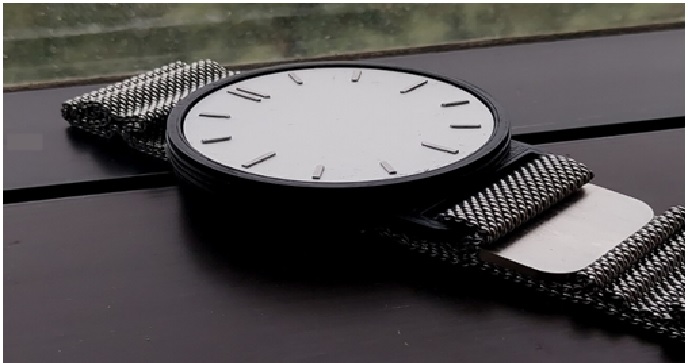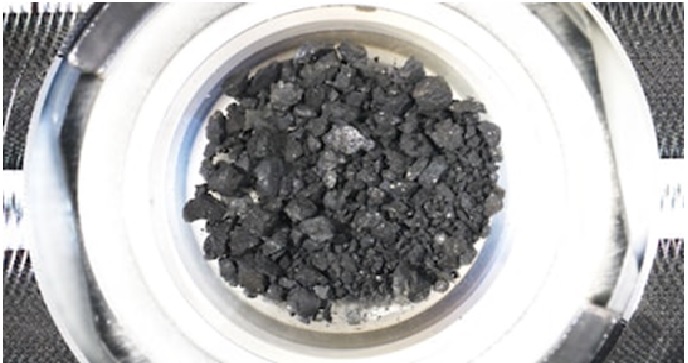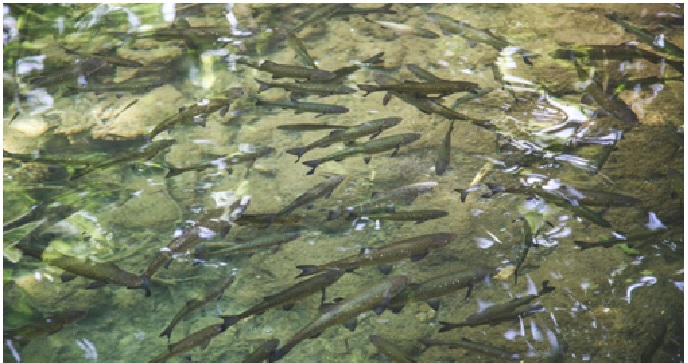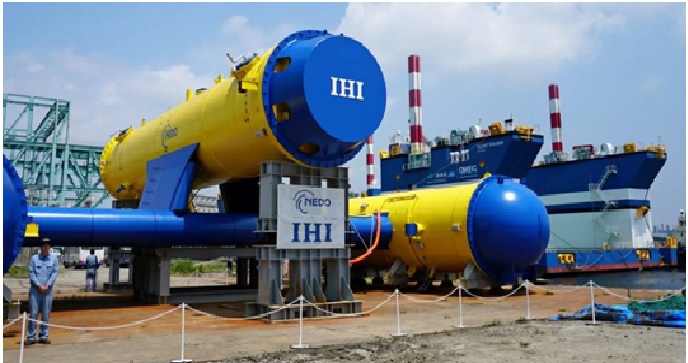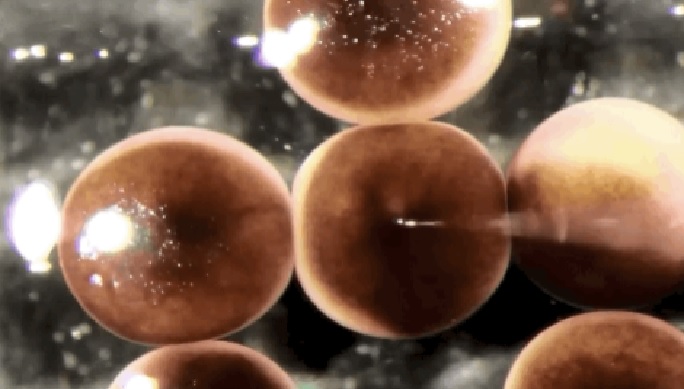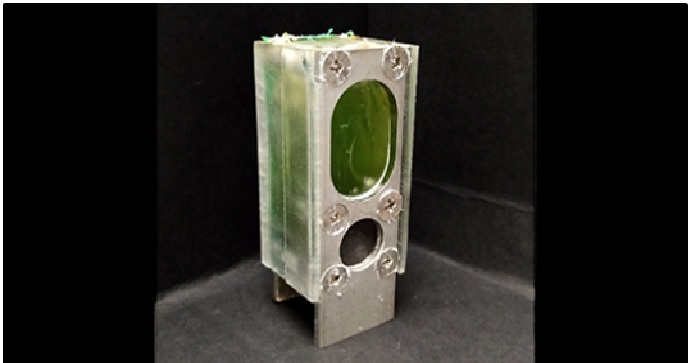Using drones, satellite tracking and infrared sensors to improve ocean health
Earth and ocean researchers at the University of Canterbury (UC) are using drones, satellite tracking and infrared sensors to improve ocean health. The non-invasive technology used by UC earth system scientist Associate Professor Travis Horton and his team of researchers to monitor the vital signs of endangered paikea humpback whales is now being used to help understand the condition of our oceans ecosystem.
“The ocean makes up more than 70% of our planet, and because it is difficult to access such a large area, we have very little knowledge of what is happening in there,” lead researcher Associate Professor Horton says. [1]
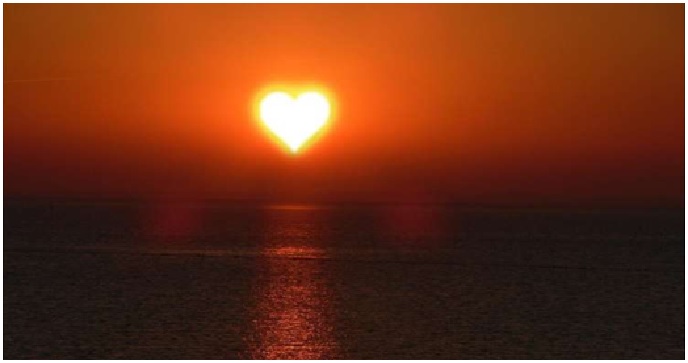
Figure 1. Using drones, satellite tracking and infrared sensors to improve ocean health
Figure 1 shows Researchers are looking to create complete 3D models of tea whales using non-invasive drones to understand their size, girth and annual growth. The same technology will be used to measure the health of coral reefs and feeding areas to make sure they produce enough food for endangered humpback whales in the central Pacific.
Using the same technology for monitoring coral reef ecosystems will help researchers understand the impact of climate change coral bleaching and biodiversity loss.
“Coral reefs are difficult to study in detail, but with the help of a non-invasive drone we can regularly monitor the state of the coral reef ecosystem to see if it improves or deteriorates over time. [2]
"Every other breath we take comes from the oxygen made in the ocean. It takes up more than a quarter of the CO2 emitted by humanity and helps buffer the effects of climate change. Unfortunately, the ocean is acidifying in response, and that's bad news for corals and the animals, like paikea, that rely on it."
The UN's Decade of Ocean Science is important for research and technological development to ensure oceans are protected for the future, with the impacts from land use having a flow-on effect on the ocean. [3]
“Cutting down trees in one place can increase the sediment supply to coastal ecosystems and potentially starve other organisms, such as corals in the tropics or clams in Aotearoa, New Zealand. It is our responsibility to maintain the health of those ecosystems in help improve the ocean,” says associate professor Horton. [4]
References:
- https://mydroll.com/using-drones-satellite-tracking-and-infrared-sensors-to-improve-ocean-health/
- https://industry-update.com/use-of-drones-satellite-tracking-and-infrared-sensors-to-improve-ocean-health/51212/
- https://phys.org/news/2022-06-drones-satellite-tracking-infrared-sensors.html
- https://nixolympia.com/using-drones-satellite-tracking-systems-and-infrared-sensors-to-improve-ocean-health/
Cite this article:
Thanusri swetha J (2022), Using drones, satellite tracking and infrared sensors to improve ocean health, AnaTechMaz, pp.89





